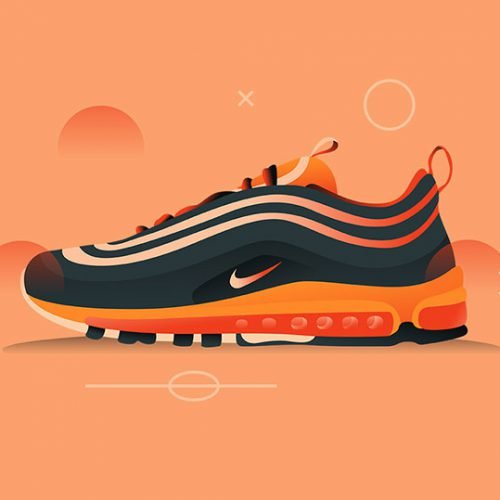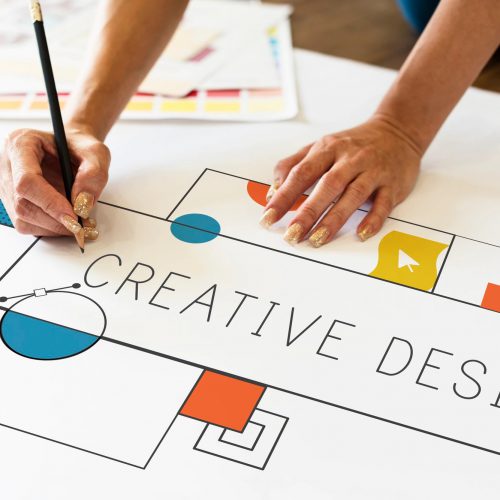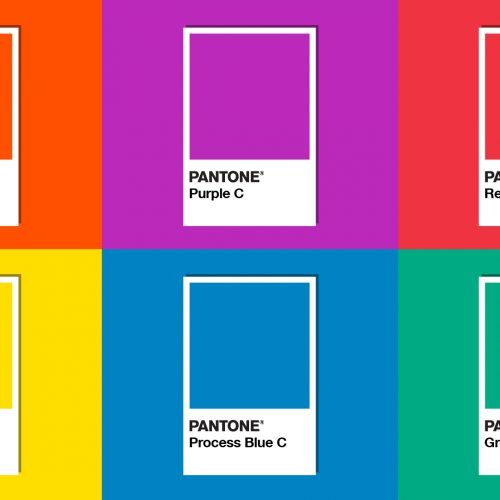
What is the first thing that comes to mind when you hear the word “Pattern”? Wallpaper patterns or patterns on ceramic tiles may spring to mind. Pattern appears everywhere and in design, this is also an extremely important and unique element. So what are patterns? Let’s find out with Malu in the article below.
Pattern definition
The word pattern is supposed to start with the word “patron” . Used between 1325-1375, patron means “someone who provides financial support to another person or entity”. In the 16th century, the second syllable was changed and pattern became a separate word, with the meaning: decorative motifs are repeated – a meaning completely separate from the original word. From a design point of view, the pattern consists of many elements that are repeated, overlapping to create a seamless composition.
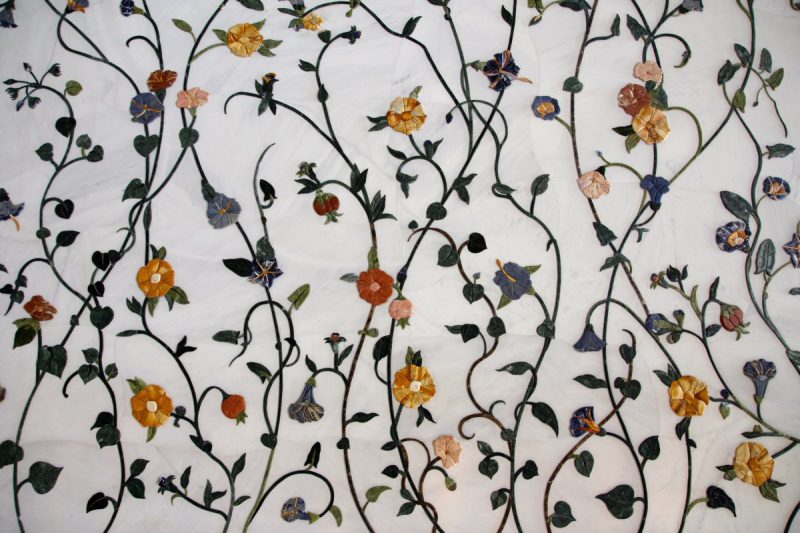
Pattern has been proving its coverage, not only in design but also in daily life because it has the ability to make a very high visual impression. It is not difficult to find patterns in things that are very close to us.
Application of Pattern
1: Fashion
In the fashion industry, the pattern has made a name for some big brands, typically Burberry with its checkered pattern. In addition, the pattern also helps to express the wearer’s personality directly through the outfit, so the combination of many different patterns when coordinating the outfit never seems to go out of fashion.
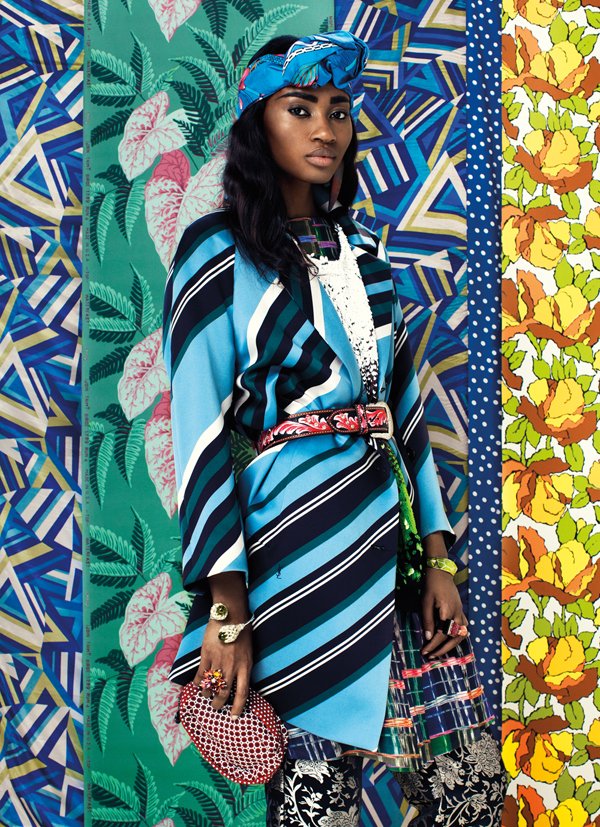
2: Interior Design
Pattern is an integral part of interior design. You try to look around your house: wallpaper, ceramic tiles, carved details, etc. all have the presence of that pattern. Each pattern brings a different feeling, representing a different style. If you’re looking to F5 for your room, try starting with wallpaper patterns or paint the walls with patterns!
3: Brand identity
Designing an identity that is both unique and pops the brand personality is what every designer wants. At that time, patterns are an effective tool to help brands impress customers. Please refer to the Applications of the pattern in brand identity to understand more about this aspect.
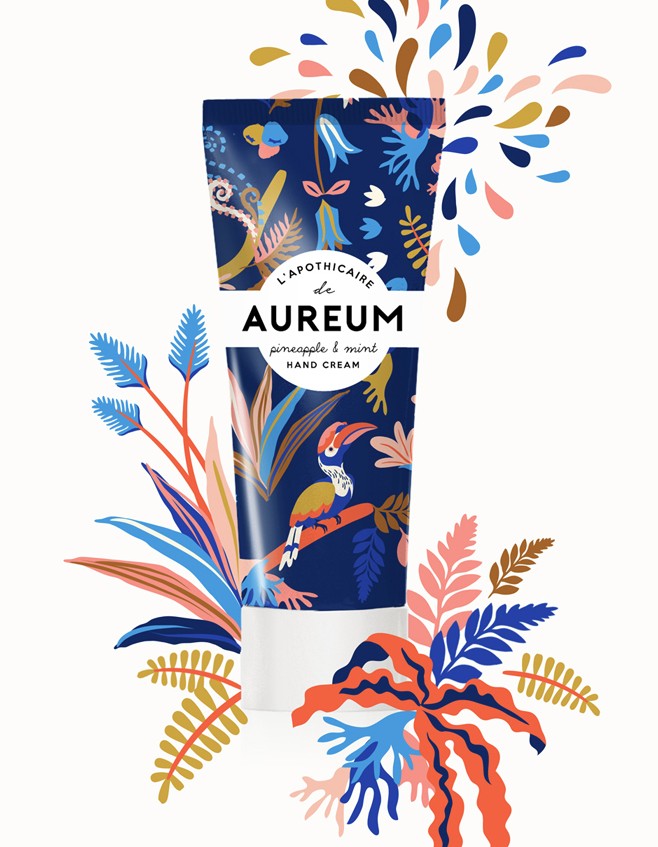
4: Graphic Design
It is certainly impossible to ignore the wonderful application of patterns in design. In addition to the ability to create good visual effects, patterns can also convey the content and emotions of the message to the viewer without having to use words.
5: Photography
Patterns can be found everywhere, from nature to man-made urban structures (buildings, sidewalks, windows, etc.). Using patterns effectively will help you get a more unique and eye-catching photo, especially when combined with that standard composition, lighting and angle.
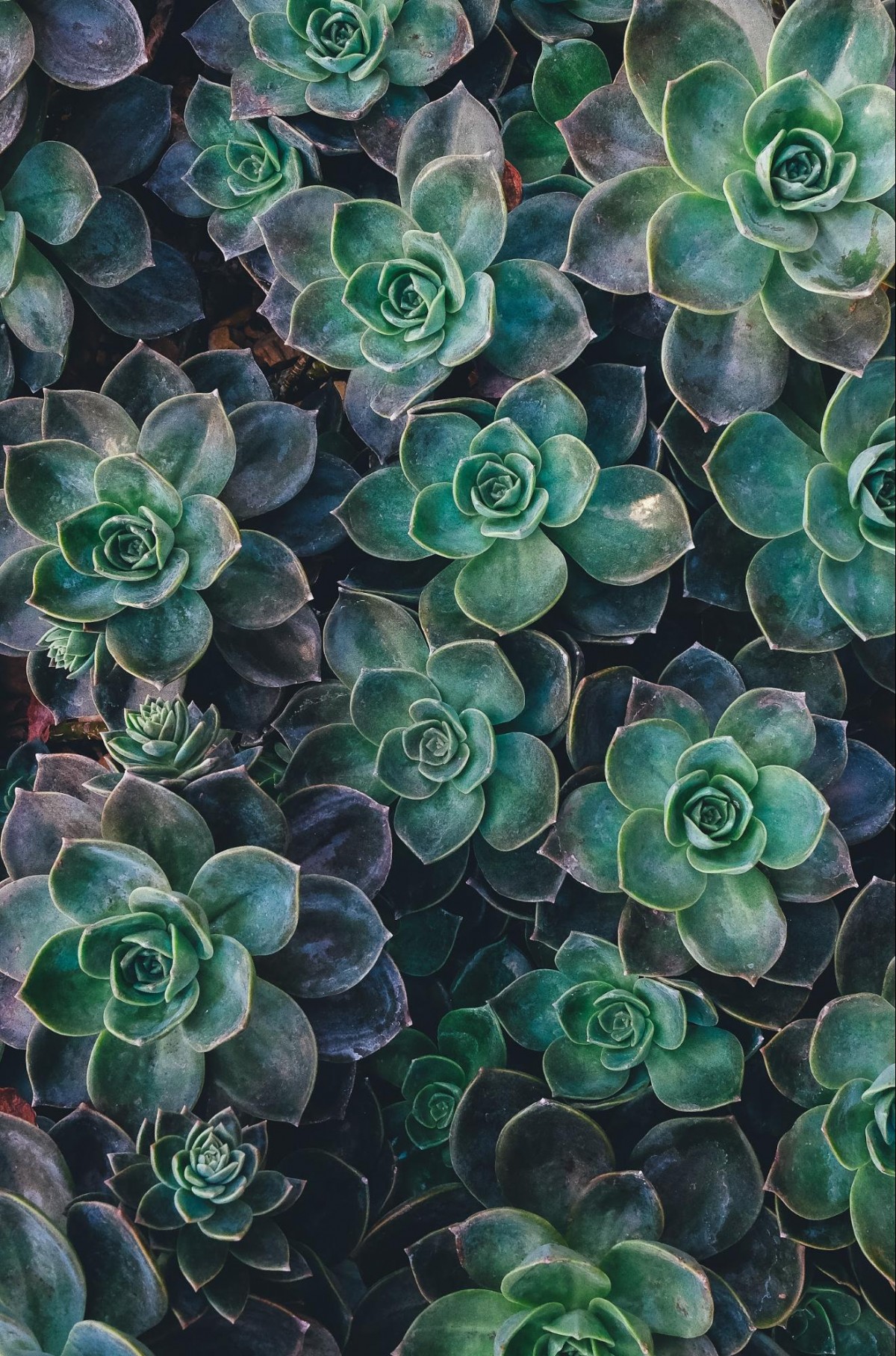
Types of Patterns commonly encountered in design
Here are some unique Patterns and their application so you can better understand where and when to use them.
1. Geometric pattern pattern
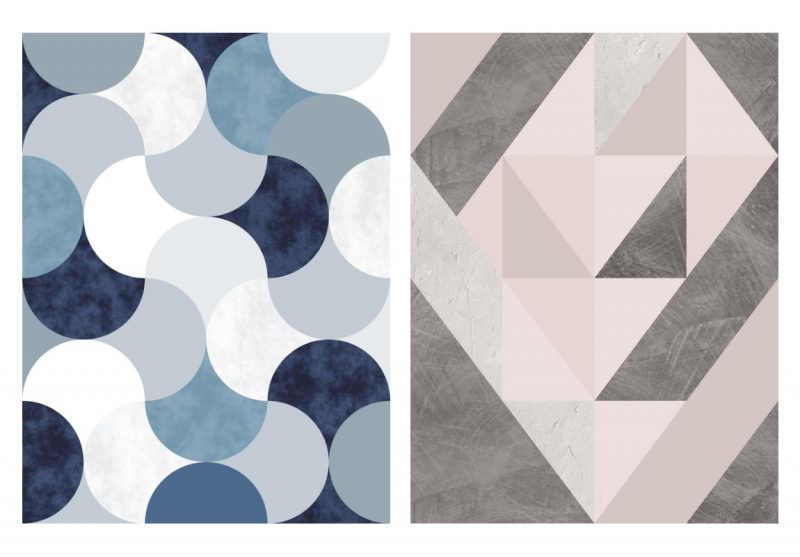 Geometric patterns take different shapes and combine them in a repetitive and cohesive way. The most common shapes we will see in geometric patterns are triangles, rectangles, hexagons, circles, and rhombus.
Geometric patterns take different shapes and combine them in a repetitive and cohesive way. The most common shapes we will see in geometric patterns are triangles, rectangles, hexagons, circles, and rhombus.
2. Abstract pattern
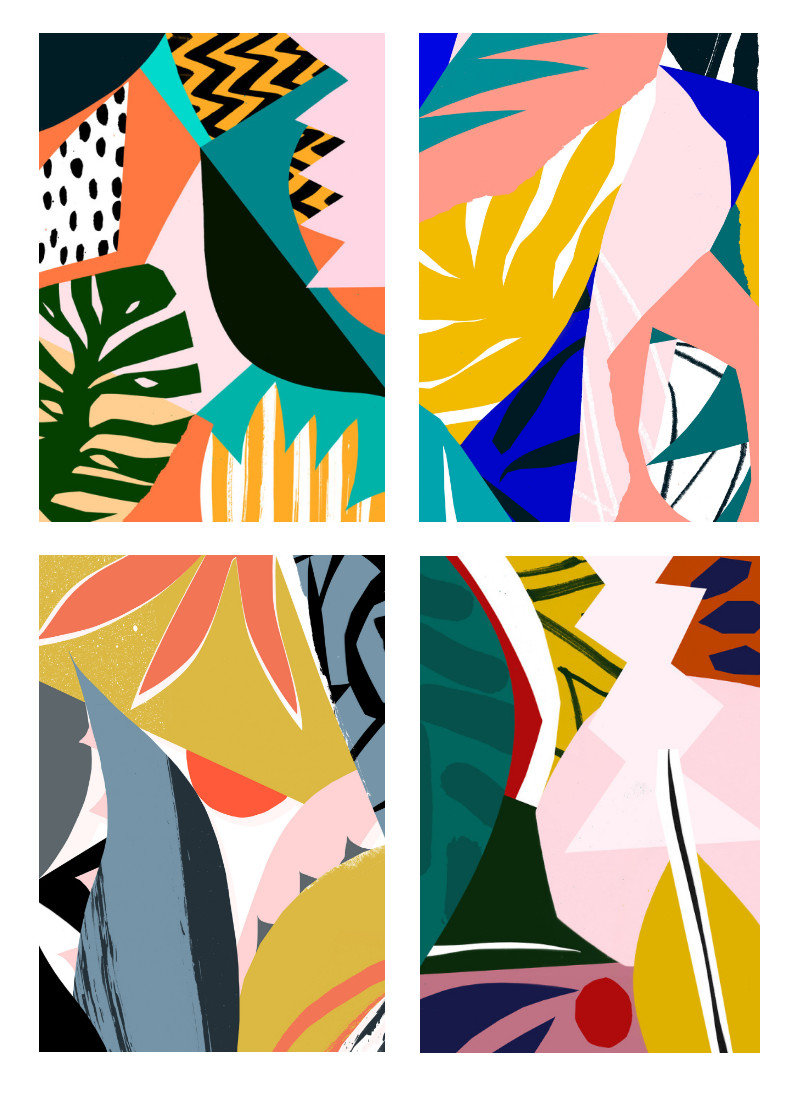
Abstract patterns can create a sense of art and stimulate the imagination of the viewer. Whether you’re creating advertising or artwork, abstract patterns can help you create a modern look. However, be careful, abstract patterns can make the layout look very cluttered and pointless. So make sure to balance it with other factors.
3. Modern pattern
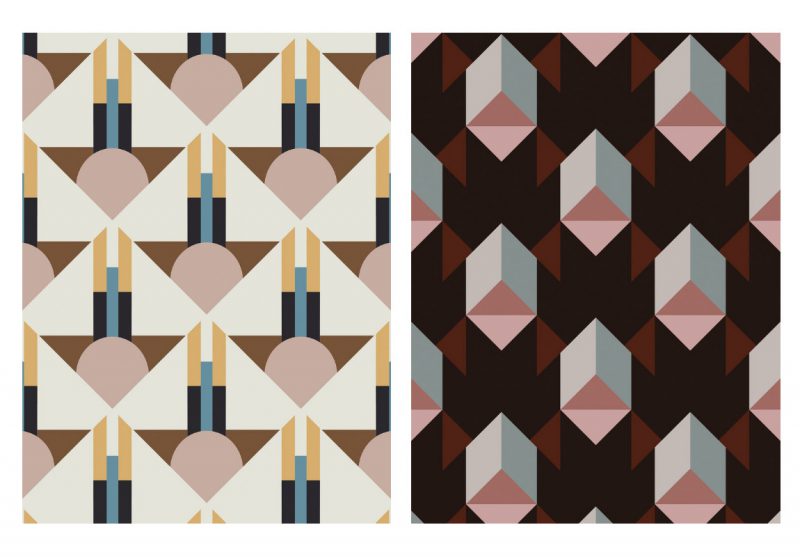
Inspired by the Art Deco movement of the early 20th century, these modern patterns often combine simple geometries and bright colors. The repeating structures of symmetrical shapes create a unique visual world. These templates are often built to perfection. They can be used to create backgrounds, create frames or decorative patterns. When combined with other promotional elements or messages, they can attract attention.
4. Minimalist pattern
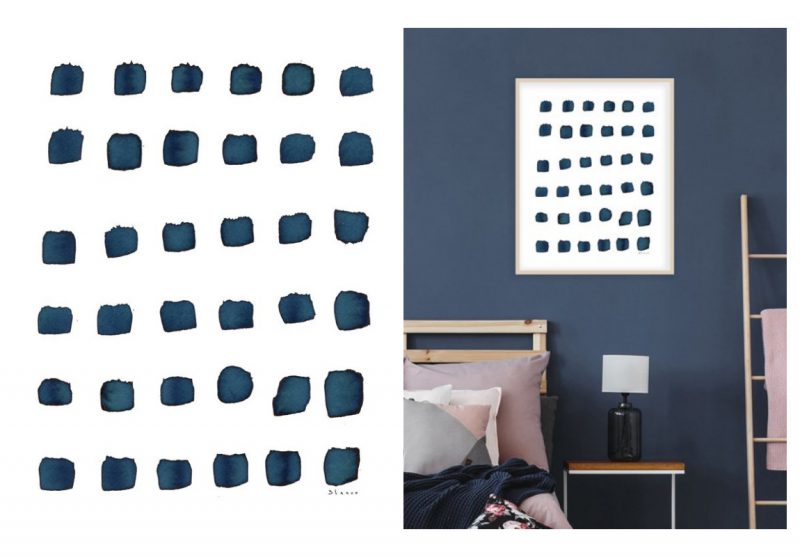
Minimalism often leaves a lot of space and uses little color. Factors are also important, but the less, the better. White space (aka negative space) is the most important element. White space allows the eye to rest and makes it easy for the viewer to remember. Minimalist patterns are different from other types of patterns in that they don’t attract attention, they set the background for some other element to take center stage. Minimalist patterns have gained a lot of attention in recent years thanks to the advertising industry, because they make designs simple and elegant, allowing the brand to take center stage.
5. Nature pattern
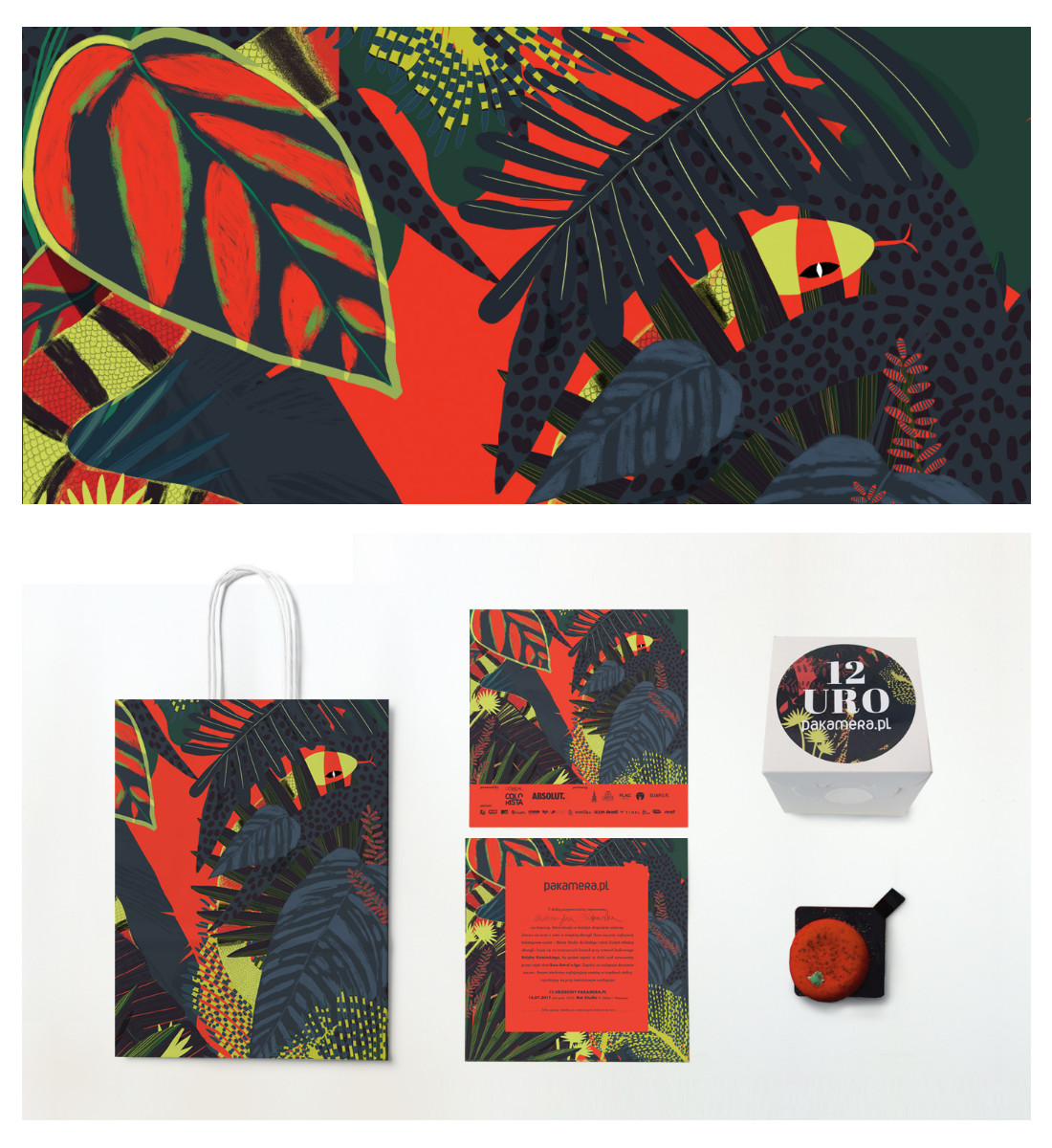
The abundance of nature has always been a source of inspiration for designers. It remains an A-list muse in the 21st century, and the ad makes the most of this limitless source of inspiration.
6. Watercolor pattern
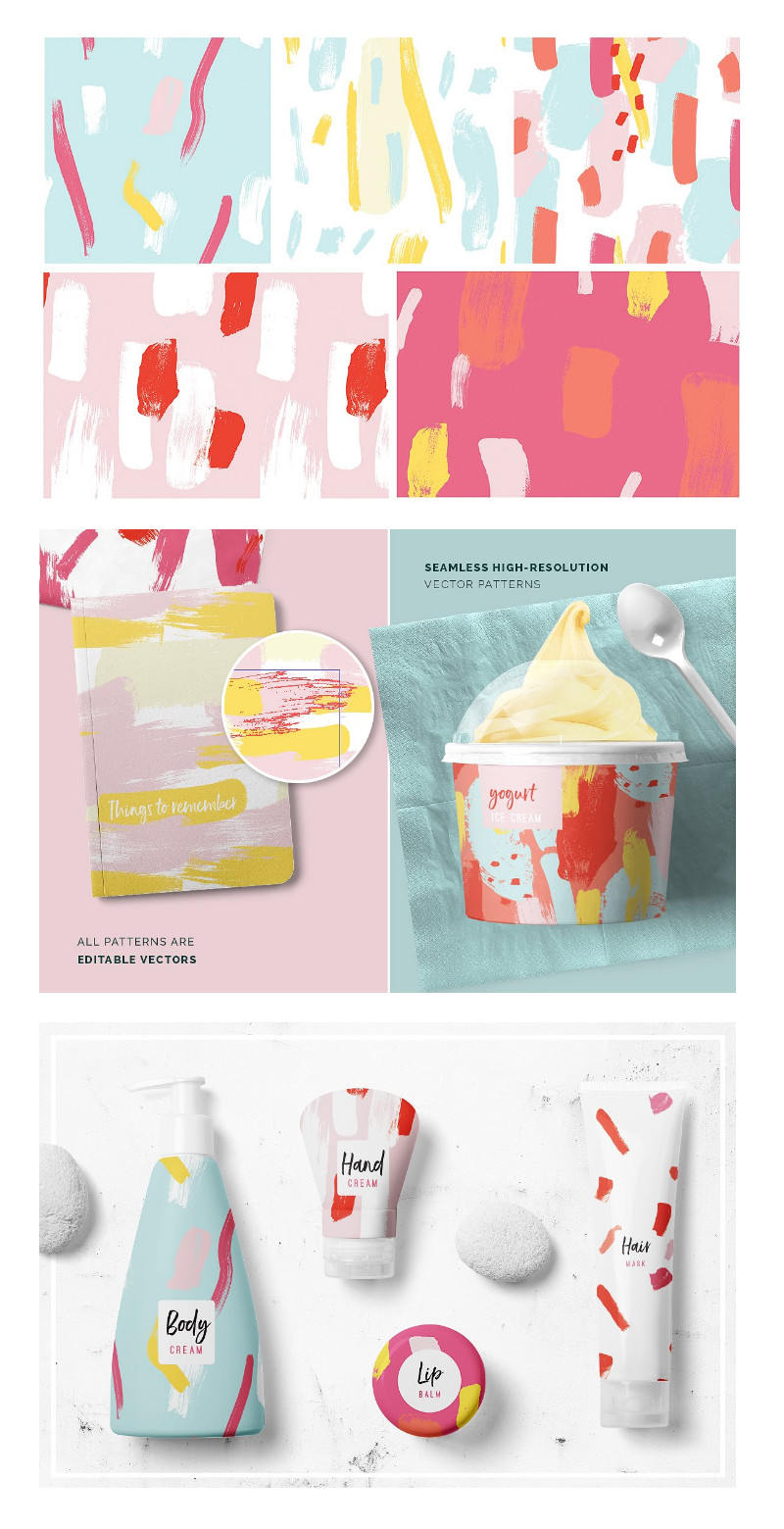
The watercolor design trend has been around for a few years now and we can see it everywhere from digital advertising designs to business cards in print. Watercolors give a natural feel to a design and can create very beautiful and eye-catching compositions.
Watercolor patterns can be a great choice for the background of a design. Depending on the colors you use, you can complement and emphasize your logo, title, or product image.
Watercolor swatches work great with handwritten fonts and are capable of creating a unique and artistic design.
7. Character pattern
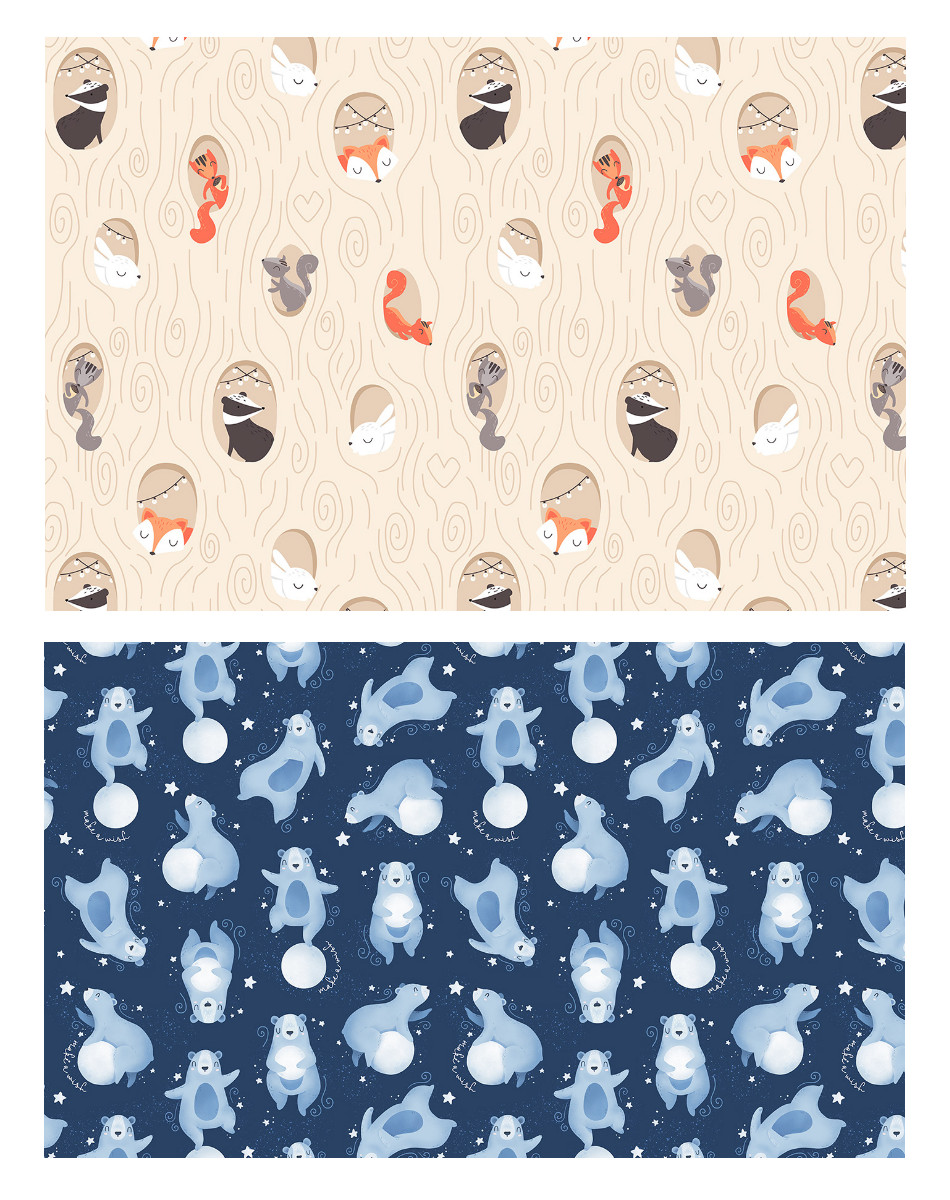
Whether we are talking about cute little bunnies, foxes or bears, cartoon characters can create compositions in a lively and fun way. Of course, character models are perfect for children’s brands, but they can also work well for playful brands like Red Bull or Oreo.
8. Pattern Illustration and Animation
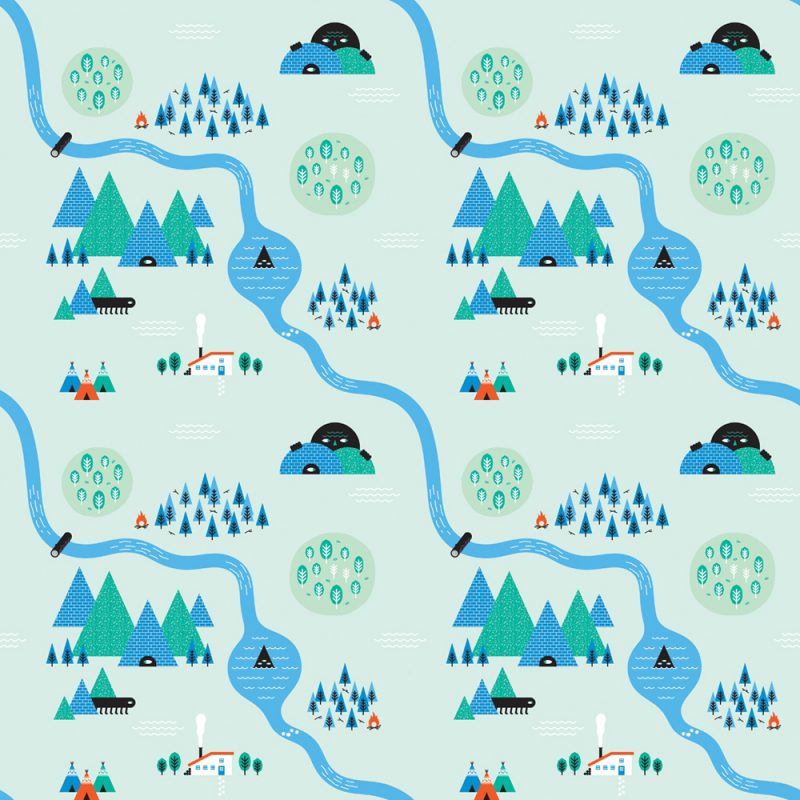
The illustrations always have a great appeal, the illustrated patterns are very attractive to children and parents and they will never be boring. Use them for packaging design, branding, flyers, brochures, posters, etc.
9. Classic pattern
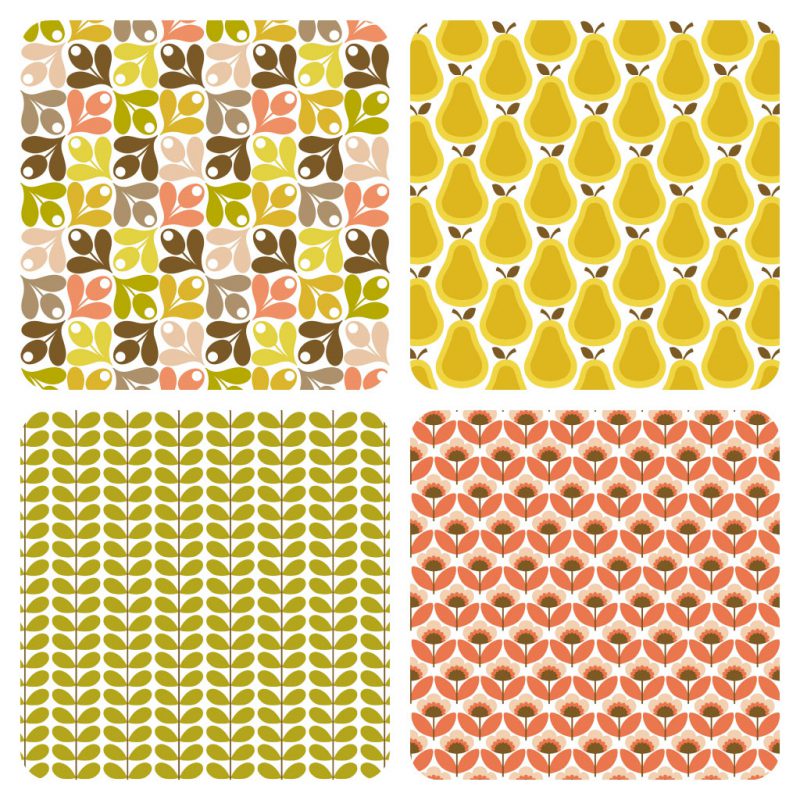
If you are fascinated by vintage style and want to add a vintage touch to your designs, you can create retro patterns using a multitude of shapes and colors. I’ve illustrated the vintage style with some floral patterns from the 60s and 70s to make it easy to understand and apply.
Epilogue,
Pattern is a highly applicable component in design because of its creativity and customizability. When used correctly, patterns will help you to convey messages and emotions to the audience in the most skillful way, a factor that has a great influence on the effectiveness of the design.

